Parque Nacional de Timanfaya
First stop today was the orientation centre Parc Nacional Timinfaya visitor centre.
This centre provides course 101 in vulcanology. We learned that the park was formed by two periods of volcanic activity. The first from 1730 to 1736 and the second in 1824. The park has an area of 51 sq km and is the newest part of the Canaries. There is very little flora in the park and the environment is very hostile with little rainfall. Lichens are capable of surviving and covery the lava rock extensively.
Volcanic plain and ancient volcano to the north of the visitor centre.
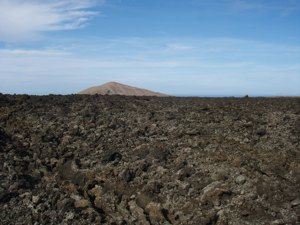
Then we moved on for a tour of the park. There are tourist faciities designed by César Manrique near one of the peaks which include a restaurant. Park ranges demonstrate a variety of heat effects before visitors board a couch for a tour round the park's volcanic highlights.
Extinct volcanoes in Parque Nacional de Timanfaya.
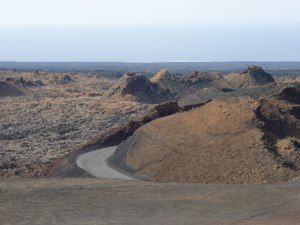
A magna chamber 4-5 km below heats this exterior oven to 200ºc.
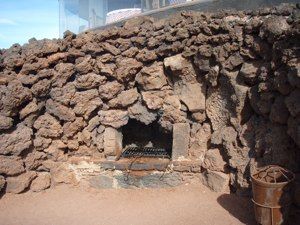
An old firefighting training school trick. Water poured into a tube of 200ºc expands fourteenfold as it turns to steam creating a miniature geyser.
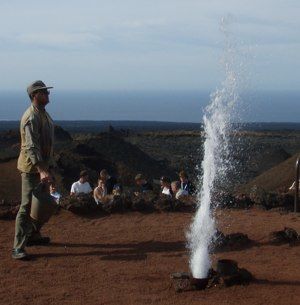
Temperatures 13m below the surface in this oven reach up to 600ºc with heat from the magna chamber 4-5 km below.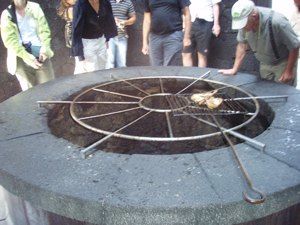
Oven vent.
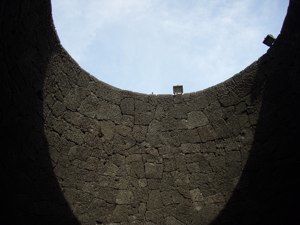
Solidified lava flow.
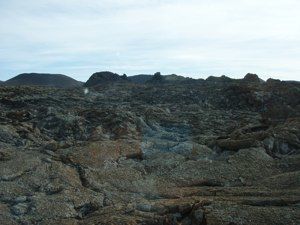
Volcanic slope covered in fine sand.
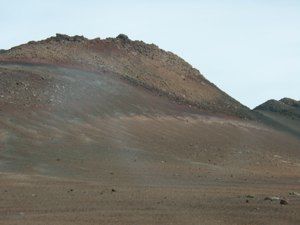
More extinct volcanoes.
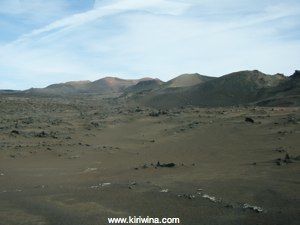
Volcanic landscape.
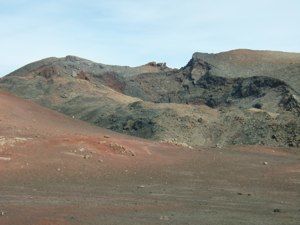
Crater edge.
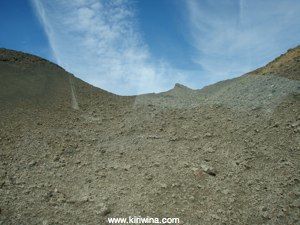
Another solidified lava flow.
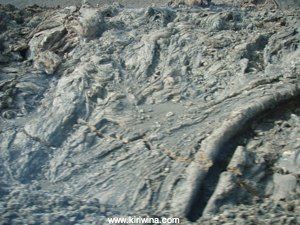
Bleak in the extreme.
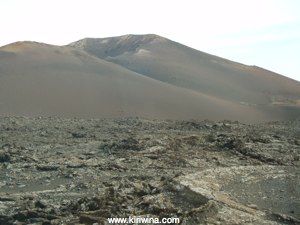
Stratified lava flows.
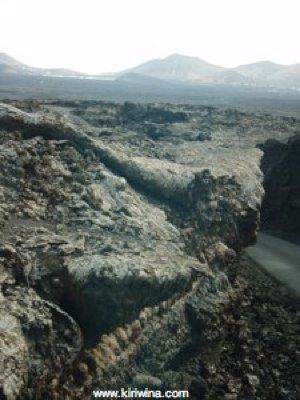
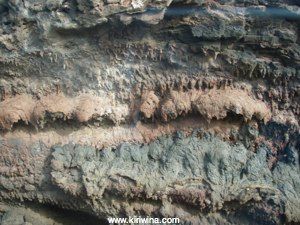
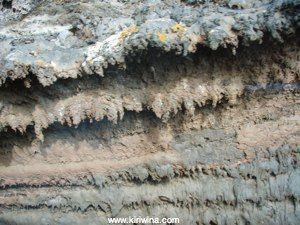
This centre provides course 101 in vulcanology. We learned that the park was formed by two periods of volcanic activity. The first from 1730 to 1736 and the second in 1824. The park has an area of 51 sq km and is the newest part of the Canaries. There is very little flora in the park and the environment is very hostile with little rainfall. Lichens are capable of surviving and covery the lava rock extensively.
Volcanic plain and ancient volcano to the north of the visitor centre.

Then we moved on for a tour of the park. There are tourist faciities designed by César Manrique near one of the peaks which include a restaurant. Park ranges demonstrate a variety of heat effects before visitors board a couch for a tour round the park's volcanic highlights.
Extinct volcanoes in Parque Nacional de Timanfaya.

A magna chamber 4-5 km below heats this exterior oven to 200ºc.

An old firefighting training school trick. Water poured into a tube of 200ºc expands fourteenfold as it turns to steam creating a miniature geyser.

Temperatures 13m below the surface in this oven reach up to 600ºc with heat from the magna chamber 4-5 km below.

Oven vent.

Solidified lava flow.

Volcanic slope covered in fine sand.

More extinct volcanoes.

Volcanic landscape.

Crater edge.

Another solidified lava flow.

Bleak in the extreme.

Stratified lava flows.



